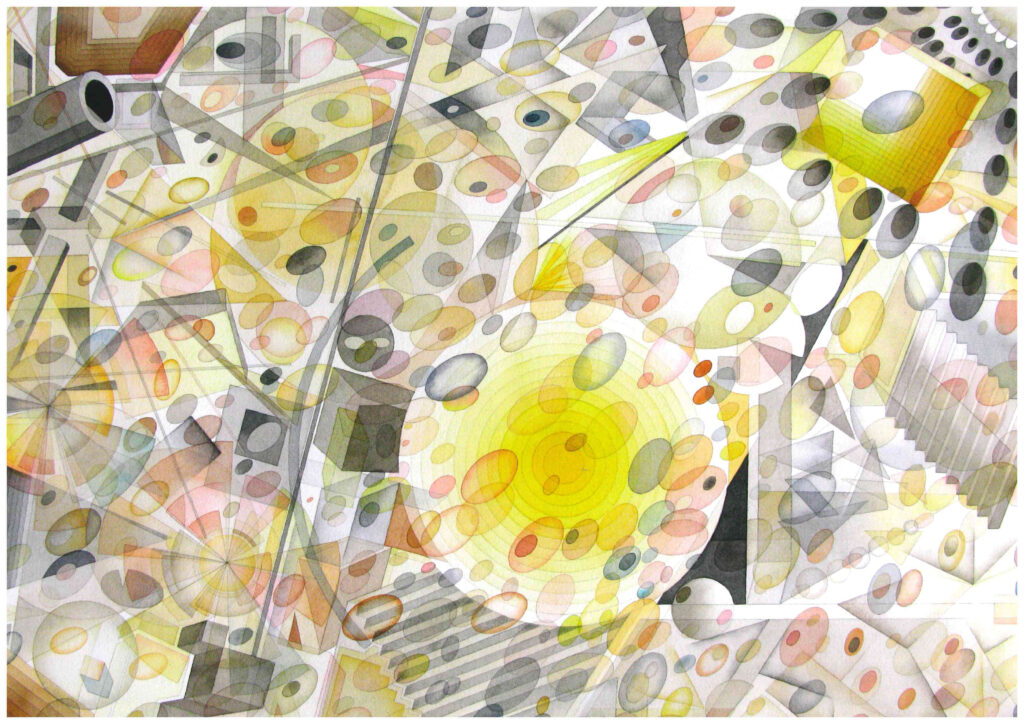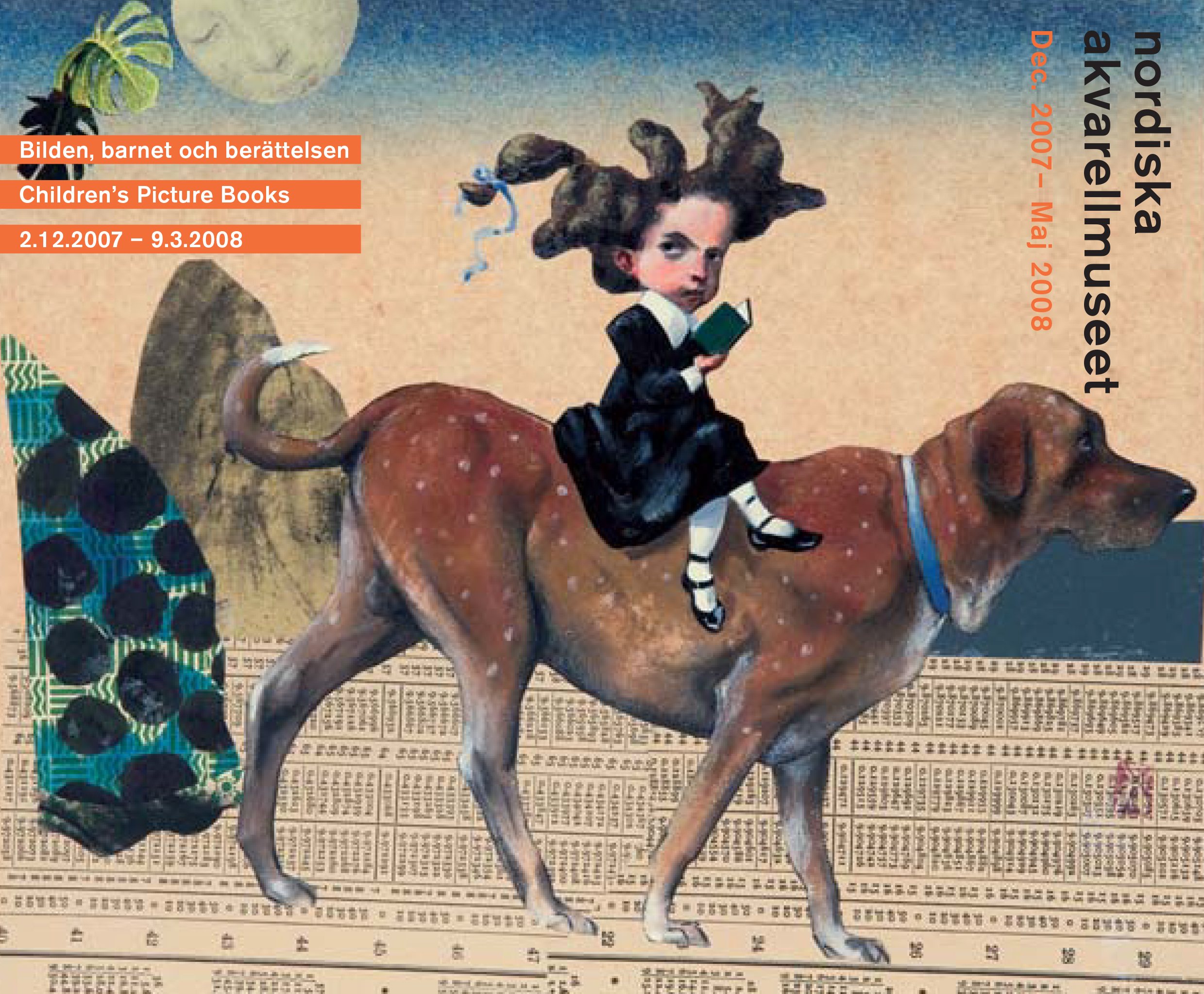


An appreciated exhibition produced by the Nordic Watercolor Museum. 20 Nordic and international picture book artists showed their illustrations in original.
Visitors could see the pictures as slide shows and listen to the fairy tales in our five monitors and in the Multivision- room. In the “magnetic room” it was possible to create one’s own story with the help of figures and objects from the various picture books. Picture books to browse were also offered.
Since the first picture books for children began to be produced about 150 years ago, watercolor techniques have been important in the creation of the original picture book picture. Although mixed media and digital image processing programs have changed the process of creating the picture book, painting with ink, watercolor and other water-soluble paints on paper still plays a central role for contemporary picture book artists.
The selection for The Picture, the Child and the Story presents a rich landscape of the most skilled and innovative illustrators of our time. Their work reflects the aesthetic, psychological and existential possibilities of the picture book. The 20 selected, 15 from the Nordic countries and 5 from the international scene, combine strong expressions of their own with a conscious approach to the trinity that has given the exhibition its name; The picture, the child and the story.
The participating illustrators are:
Ryôji Arai, Japan, Anna Bengtsson, Sweden, Lilian Brøgger, Denmark, Carll Cneut, Belgium, Akin Düzakin, Norway, Fam Ekman, Norway, Wolf Erlbruch, Germany (digital only), Gunna Grähs, Sweden, Fibben Hald, Sweden, Anna Höglund, Sweden, Isol (Marisol Misenta), Argentina, Maira Kalman, USA, Dorte Karrebæk, Denmark, Eva Lindström, Sweden, Kristiina Louhi, Finland, Jockum Nordström, Sweden, Svein Nyhus, Norway, Cato Thau-Jensen, Denmark, Anna -Clara Tidholm, Sweden, Taruliisa Warsta, Finland.
In the design of the exhibition, we, together with the Nordic Watercolor Museum’s pedagogical manager Lena Eriksson, have strived for the exhibition room to provide both children and adults with interesting entrances and stimulate unexpected and exciting encounters between generations. The picture book’s unique uniqueness and communication may interact with the possibilities of the exhibition medium and the new digital technology.